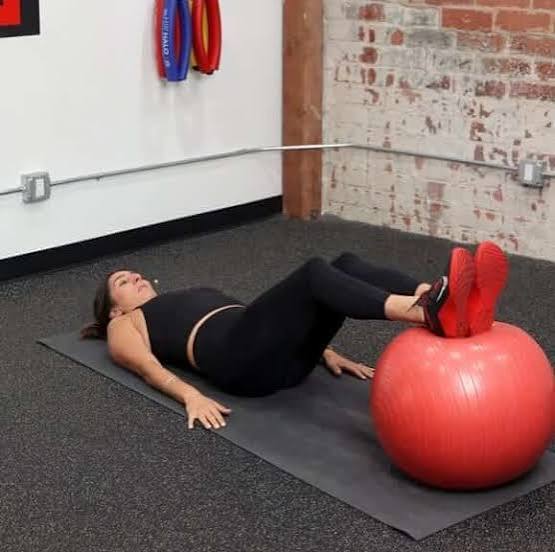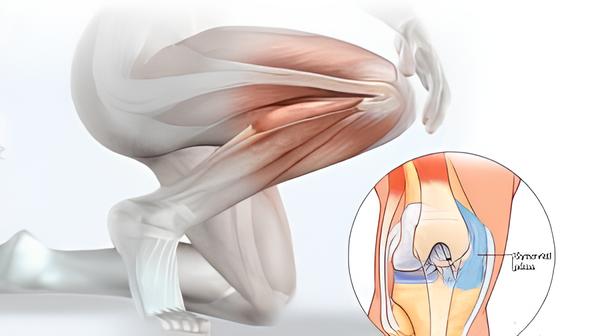Definition:
Synovial Plica Syndrome refers to a condition where one of the synovial plicae (folds in the synovium, the membrane lining the knee joint) becomes irritated, inflamed or thickened. These plicae are remnants of embryonic development and are usually asymptomatic. However, when they become problematic, they can cause pain and dysfunction.
Cause:
The primary cause is typically, tedious trauma or overuse, leading to rubbing between the plica and the femoral condyle(thigh bone).This can be exacerbated by:
- Direct trauma to the knee
- Sudden increases in activity levels
- Prolonged imbalances
- Lengthen kneeling or squatting
- poor biomechanics
Clinical features:
While often mimicking other knee conditions, key clinical features include:
- Pain, usually localized to the medial (inner) aspect of the patella (kneecap).
- Exacerbate of pain with activities like climbing stairs, squatting or prolonged sitting.
- A palpable, tender band or “snapping” sensation over the affected plica,particularly with knee extension and flexion.
Signs & Symptoms:
Patients typically report:
- Anterior knee pain, often dull but can be sharp.
- Clicking, snapping or popping sound in the knee.
- Occasional swelling or effusion in the knee joint.
- Feeling of instability or giving way.
- Pain that worsens with activity and improves with rest

Physiotherapy Management:
Physiotherapy plays a crucial role in conservative management:
- Pain & Inflammation Reduction: RICE protocol (Rest, Ice, Compression, Elevation)(, anti-inflammatory modalities.
- Manual Therapy: Soft tissue mobilization and joint mobilizations to address stiffness and improve range of motion.
- Stretching: Focus on quadriceps (especially VMO),gluteal muscles and core strengthening to improve knee stability and biomechanics.
- Activity Modification: Advice on avoiding aggravating activities and gradual return to activity.
- Education: Understanding the condition and self- management strategies.
Conclusion:
Synovial Plica Syndrome, while sometimes misdiagnosed, is a treatable condition. With a proper recognition and a comprehensive physiotherapy program, most individuals can achieve remarkable relief and return to their desired activity levels. Early intervention is key to preventing chronic issues.
Q1. What is Synovial Plica Syndrome?
A1. It is a condition where a fold of the knee’s synovial membrane becomes inflamed or thickened, causing pain and dysfunction.
Q2. What are the main symptoms of Synovial Plica Syndrome?
A2. Pain around the kneecap, clicking or snapping sounds, swelling, and pain that worsens with activity are common symptoms.
Q3. How is Synovial Plica Syndrome managed through physiotherapy?
A3. Management includes RICE protocol, stretching, manual therapy, strengthening, and advice on activity modification.

